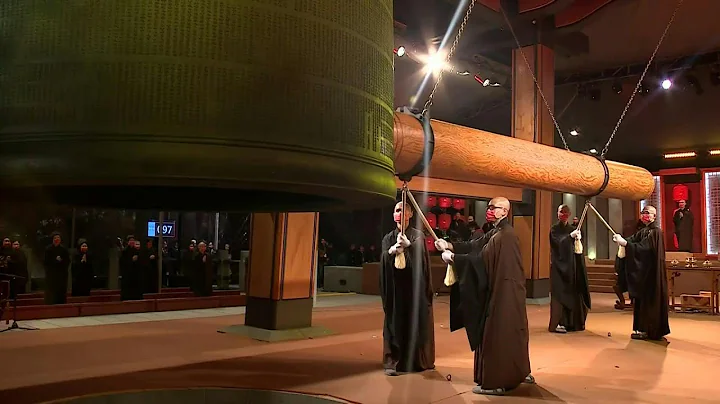
Mazu stone statue
The origin of Mazu
Mazu, the sea god in ancient Chinese mythology, also known as 天皇, 天后, celestial mother, mother-in-law, etc., was a boatman, seaman, and a passenger who had to make a living on the sea in the past dynasties. , a deity worshiped by merchants and fishermen.
Mazu's original name was Lin Mo. She was born on the 23rd day of the third lunar month in the first year of Jianlong of the Song Dynasty (960) on Meizhou Island in Putian. She died in early September of the 4th year of Emperor Taizong of the Song Dynasty (987) in Meizhou Island, Putian. Nine died. After Mazu died, people built temples to worship Mazu and pray for safety on the sea.

Currently, there are tens of thousands of Mazu temples with branches from the Meizhou Ancestral Temple in 47 countries and regions around the world, and more than 300 million people believe in Mazu.
In the 1980s, relevant agencies of the United Nations awarded Mazu the title of "Goddess of Peace". On September 30, 2009, Mazu belief and custom was officially included in the intangible cultural heritage of mankind by UNESCO, becoming the country's first belief and custom world heritage and the common spiritual wealth of all mankind.
Taiwan attaches great importance to Mazu culture
The phrase "Guandi on land, Queen of Heaven on sea" fully reflects the belief status in the southeastern coastal areas of China. Taiwan, as an island country of our country, also has lofty belief in Mazu. According to statistics, in 2019, there were more than 5,000 Mazu temples and more than 16 million Mazu believers in Taiwan.
Various historical records show that Taiwan's Mazu temples after the 50th year of Emperor Kangxi of the Qing Dynasty were mostly located on waterways, especially in various ports. During the Japanese occupation, although the Japanese invaders had stricter control, Mazu belief had already been deeply rooted among the people.
After the 1950s, Mazu belief continued to develop in Taiwan. Judging from the distribution of Mazu temples in Taiwan, from south to north, the center points are the Tianhou Temple in Tainan City, Beigang Chaotian Temple in Yunlin County, Nanyao Temple in Changhua City, and the Tianhou Temple in Taichung County. Jia Zhenlan Palace and so on, form a central line of Mazu belief.

The pure gold statue of Mazu at Nantian Temple in Nanfang'ao, Suao Town, Taiwan
Mazu culture's role in promoting cross-strait reunification
Putian is the hometown of Mazu, and the Mazu Temple on Meizhou Island in Putian is the ancestor of Mazu temples in the world. It is also the Eastern Mecca in the hearts of Mazu believers. There is an endless stream of believers coming to Meizhou Ancestral Temple to worship, including many Taiwanese believers.
In the 1990s, after cross-strait exchanges opened up, many Mazu temples in Taiwan flocked to Meizhou Island in Fujian, mainland China, to offer incense and donate money to build temples. This resulted in the rapid construction of a large number of luxurious and modern palaces, shrines and archways on Meizhou Island , where the Mazu Temple and "Mazu Relics" had been completely destroyed during the Cultural Revolution.
When certain political forces in Taiwan attempt to use cultural "Taiwan independence" to isolate the two sides of the Taiwan Strait and cut off the traditional cultural ties between the two sides, Mazu belief has played a role as a bridge and link between the two sides of the Taiwan Strait with its unique influence.

Nearly a thousand people from the Taiwanese pilgrimage group returned to Putian to offer incense
Nowadays, the exchanges about Mazu between the mainland and Taiwan are becoming more and more frequent. The "Cross-Strait Mazu Fate" cultural exchange series activities, the 2018 Dajia Mazu Tourism and Culture Festival and other various activities are conducive to cross-strait interaction. activities emerged and received strong support from the mainland and Taiwan governments.
For Taiwan, the significance of going to the mainland to pay homage to ancestors, offer incense, and welcome gods is not just a cultural root-seeking dream associated with the ancestral temple complex, but also strengthens the cultural inheritance of belief rituals. - Zheng Zhiming (Taiwan scholar)
Mazu belief has become a link to maintain the flesh-and-blood ties between the two sides of the Taiwan Strait and a bridge across the historical gap between the two sides. It plays an active role in cross-Strait exchanges and will surely become more and more prominent in the great cause of the peaceful reunification of the motherland. Big effect! ! !
picture source network, welcome to correct me.





















